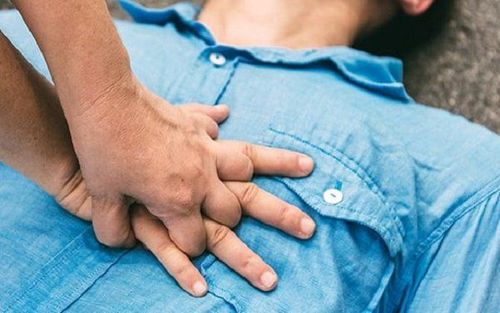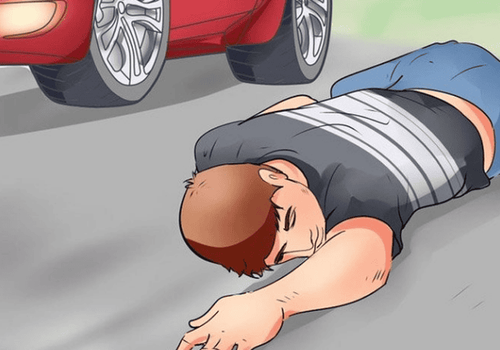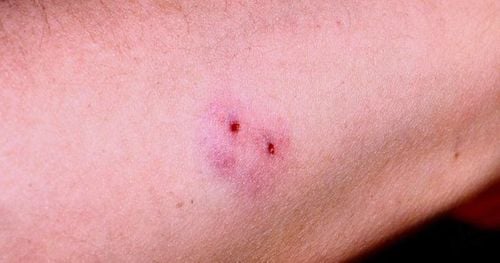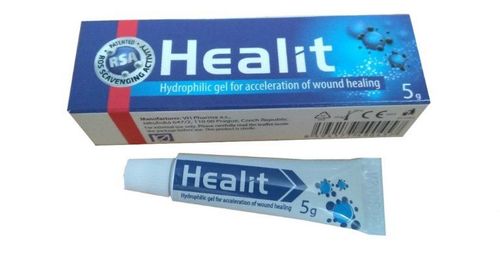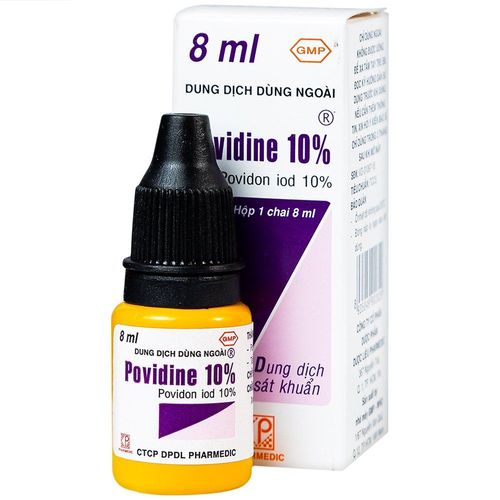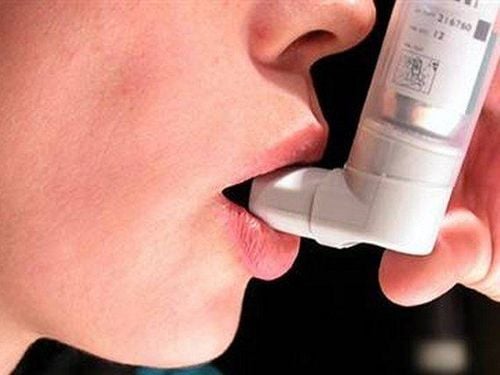This is an automatically translated article.
Posted by Master, Doctor Pham Duc Luong - Emergency Department - Vinmec Times City International Hospital
The purpose of first aid is to: save the victim's life (preserve life), prevent further harm (prevent further harm) and facilitate recovery (promote recovery). Here are the basic steps to perform first aid for an injury at the scene of a traffic accident.
1. Step 1: Use protective equipment:
Please wear disposable gloves (if available). Alternatively, you can also wrap your hands in a plastic bag. While this step is not required to soothe the wound, it is important that you protect yourself, to reduce the risk of infecting you or the victim.
If you are not wearing gloves, try to wash your hands or even use a quick hand sanitizer after contact with the victim. If you don't have gloves or tissue paper, use multiple layers of fabric to separate you from the victim's blood.
Remember that you do not need to touch the victim if you believe you are at risk of contracting an infectious disease. Wait for emergency assistance if you are in doubt. If you choose to give first aid to a casualty, do your best to minimize contact with the victim's blood/fluid.
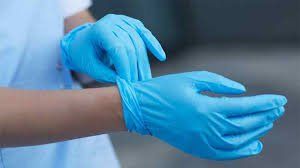
2. Step 2: Expose the injured area
Remove victim's clothing around affected area. This will help you determine the exact location of the puncture and then proceed with treatment. Lesions are sometimes obscured by clothing, blood or other fluids, and even mud, depending on where the victim is found. Care should be taken to do this gently, being careful not to cause further pain to the victim.
3. Step 3: Stop the bleeding
Apply pressure to the wound with a clean, absorbent material (such as a shirt or towel), or preferably a clean bandage such as sterile gauze. If the foreign body is still in the wound, press firmly around it. Pressure on the wound will help slow the bleeding.
If you happen to be carrying first aid supplies, cover the wound with cotton, gauze, and a bandage. Do not lift or remove the bandage as this will interrupt the clot formation and cause blood to flow again. If the bandage is soaked with blood, apply extra cloth/gauze material over it. If you don't have any material to tie the tape in place, just keep pressing in place. This will help the blood clot.
If the wound is bleeding profusely, apply pressure to the base of the artery that supplies blood to the area, while your other hand continues to press on the wound. These areas are damaged areas. For example, to slow bleeding in the arm, press on the inside of the arm just above the elbow or just below the armpit. If the wound is in the leg, apply pressure just behind the knee or in the groin.
Never use a tourniquet unless it is a last resort to save a life. Know how and when to use a tourniquet. If the tourniquet is applied improperly, it can lead to unnecessary serious injury or loss of an injured limb. If a garo must be used, the time of the garo should be specified.
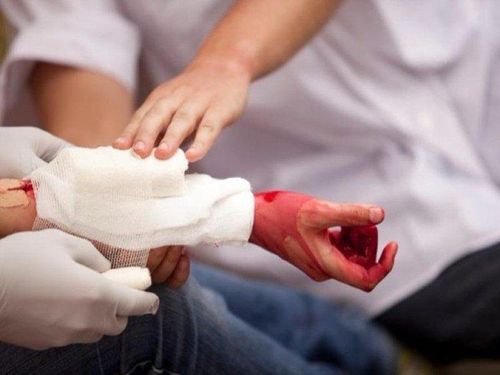
4. Step 4: Dress the wound
For chest wound, be careful. Cover the wound with a clean, non-breathing material such as kitchen foil, a plastic bag, adhesive film, or even a bank card. Cover the wound with only three edges and leave one edge so that air from the pleural cavity can escape from one side of the dressing and prevent air from the environment from entering the pleural space. If air enters the pleural space, the lung can collapse.
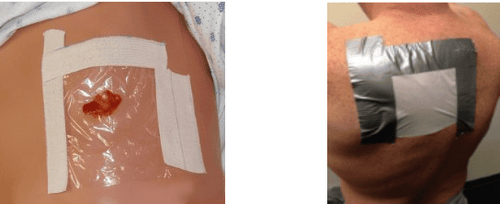
Leave the puncture object in the wound if it is still there and be very careful not to move it as this may cause further damage. At this point, the puncture plays a real role in stopping the bleeding. Pulling it out increases blood loss, while pushing it in can cause further injury to internal organs. You need to apply pressure around the wound and immobilize the puncture as best you can.
Vinmec International General Hospital is a high-quality medical facility in Vietnam with a team of highly qualified medical professionals, well-trained, domestic and foreign, and experienced.
A system of modern and advanced medical equipment, possessing many of the best machines in the world, helping to detect many difficult and dangerous diseases in a short time, supporting the diagnosis and treatment of doctors the most effective. The hospital space is designed according to 5-star hotel standards, giving patients comfort, friendliness and peace of mind.
Please dial HOTLINE for more information or register for an appointment HERE. Download MyVinmec app to make appointments faster and to manage your bookings easily.
References:
Gina M. Piazza et all: Penetrating chest wound, First aid manual: the step by step guide for everyone, Fifth edition first published in the United States in 2014 by DK Publishing, 4th floor, 345 Hudson Street , New York, NY 10014 Ali Raja, Richard D Zane: Initial management of trauma in adults; up to date, last updated: Oct 01, 2019. https://www.uptodate.com/contents/initial-management-of-trauma-in-adults. Tom Blackwell: Prehospital care of the adult trauma patient; Up to date, last updated: May 06, 2020. https://www.uptodate.com/contents/prehospital-care-of-the-adult-trauma-patient?search=prehospital%20management%20of%20the%20adult% 20trauma%20patient&source=search_result&selectedTitle=1~131&usage_type=default&display_rank=1.





